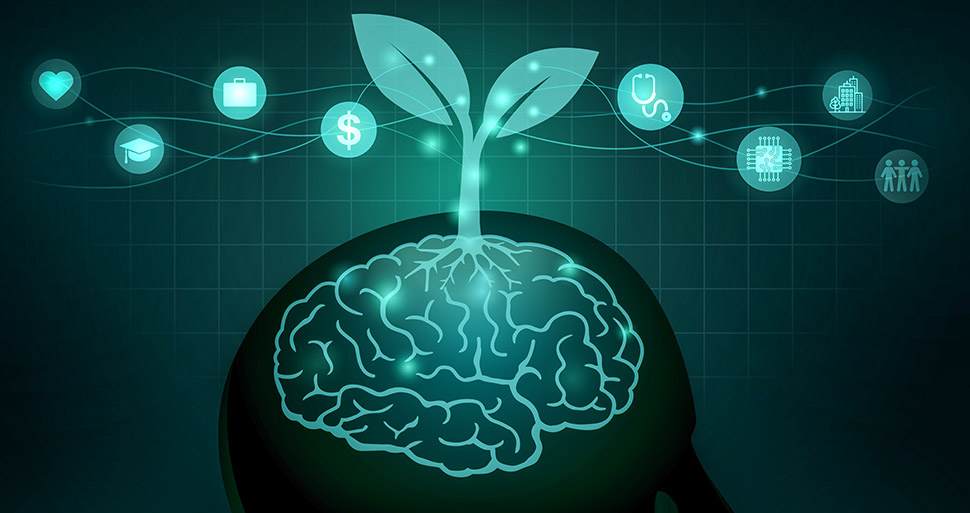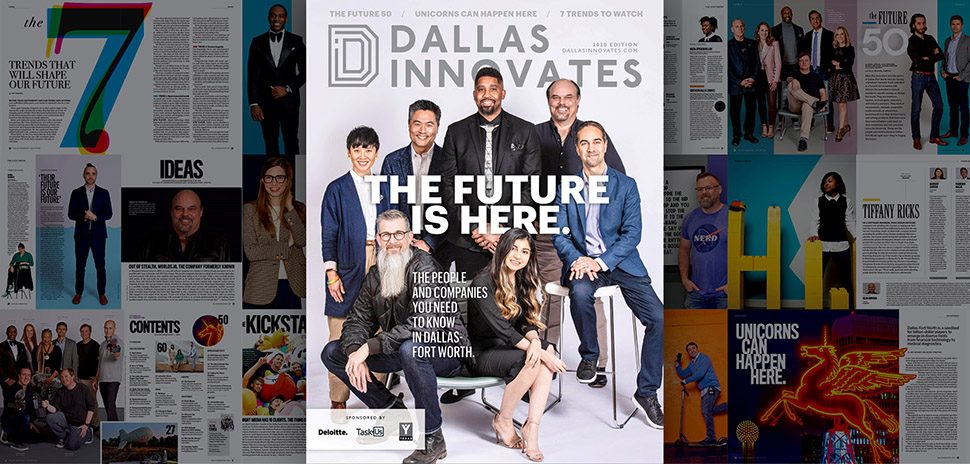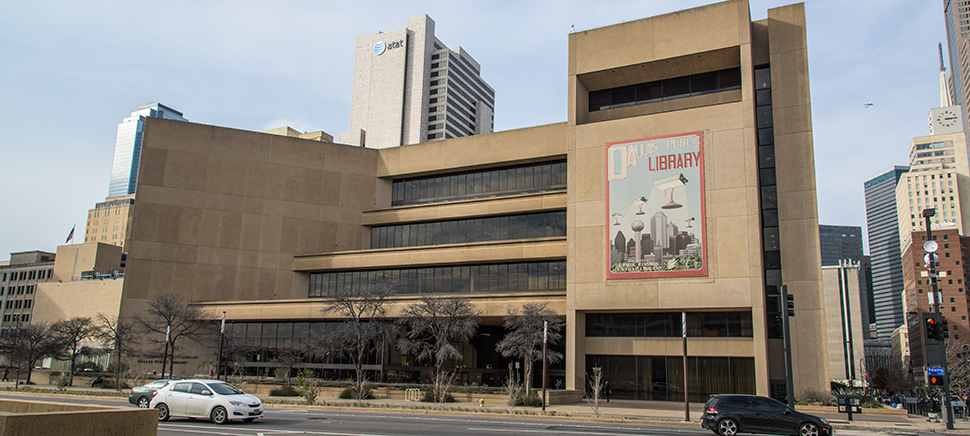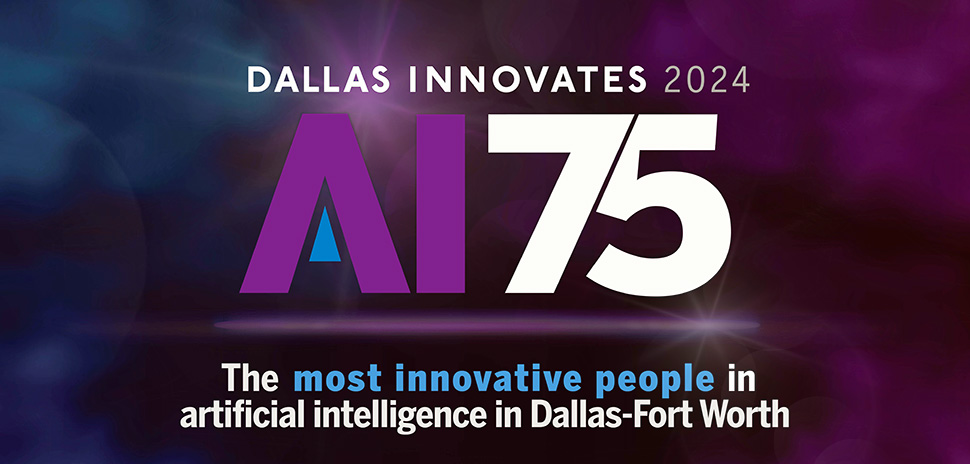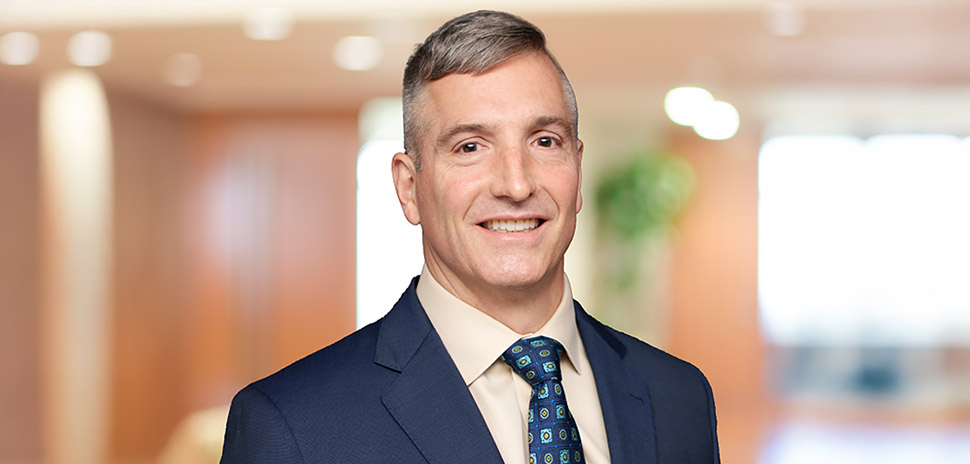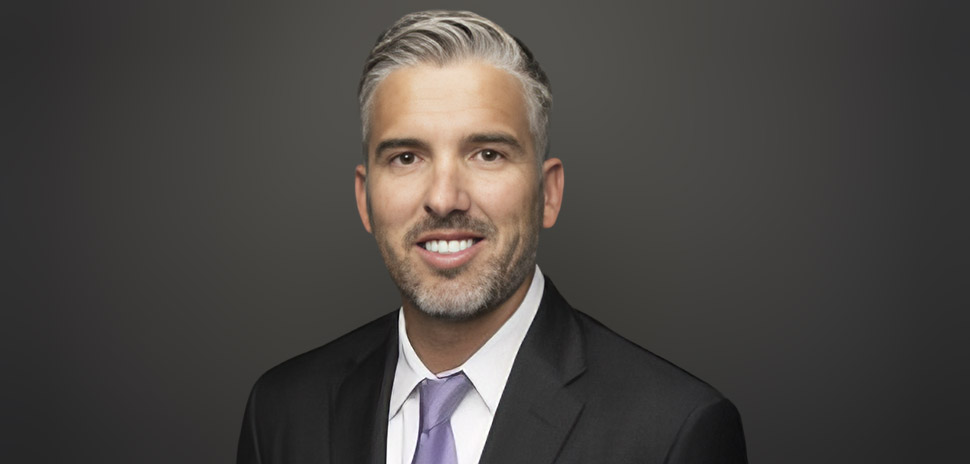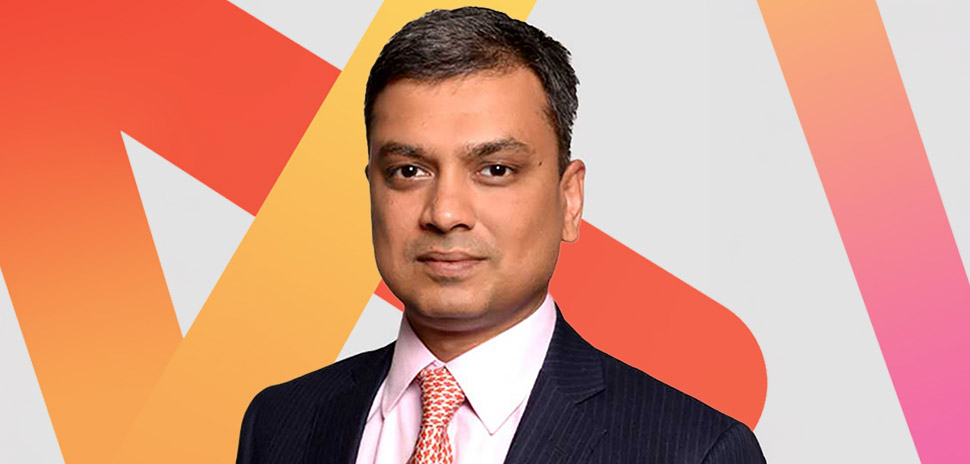As Dallas’ climate plan nears its five-year mark, two innovative experts see a “golden opportunity” to break new ground. Their vision merges brain science with environmental strategy, uniting sectors like health, education, workforce development, technology, finance, and urban planning.
Their pioneering work could establish a new interdisciplinary model for how cities tackle climate challenges, starting with Dallas. They envision the city as a living lab for next-generation urban resilience—a model that could reshape our entire economic approach while all at once enhancing community well-being, environmental quality, public health, economic vitality, and social equity.
It’s an ambitious idea, mixing neuroscience with environmental policy. But the innovative intersection could leverage Dallas’ unique assets, according to architect Julie Hiromoto, a Dallas environmental commissioner, and Dr. Harris Eyre, a Texas-based brain health policy expert.
The duo has teamed up to explore how the Dallas Comprehensive Environmental and Climate Action Plan, better known as CECAP, intersects with “Brain Capital,” a concept that views collective brain health and skills as critical economic assets.
A new alchemy?
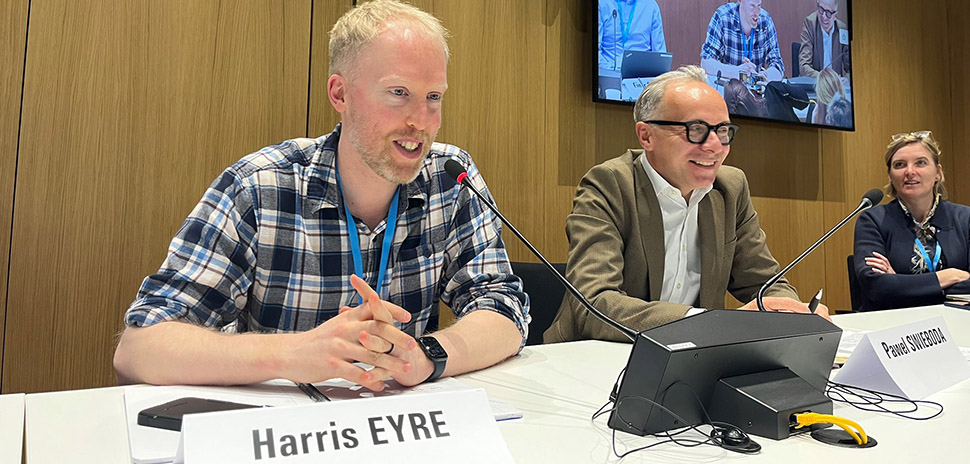
Visionary neuroscientist Harris Eyre, MD, PhD, is revolutionizing brain health policy on the global stage. At a recent WHO meeting, the forward-thinking physician-scientist outlined his ambitious roadmap for a “brain-positive economic transition.”
“The green transition needs the brain transition,” as Eyre puts it.
“We’re looking at the key role of the brain-positive economic transition, to stop and reverse the loss of brain capital in communities, as foundational to the green economy transition,” he explains.
This innovative approach builds on Dallas’ existing strengths. Eyre and Hiromoto point to world-class brain health institutions like the Center for Brain Health at UT Dallas and the UT Southwestern O’Donnell Brain Institute and the region’s status as a financial hub. Eyre sees potential in combining these resources with Texas’ alchemy of business and energy sector developments.
“Texas is leading the green economy transition with massive advances in wind and solar energy, so we know how to lead the equivalent brain economy transition,” Eyre says.
A window of opportunity
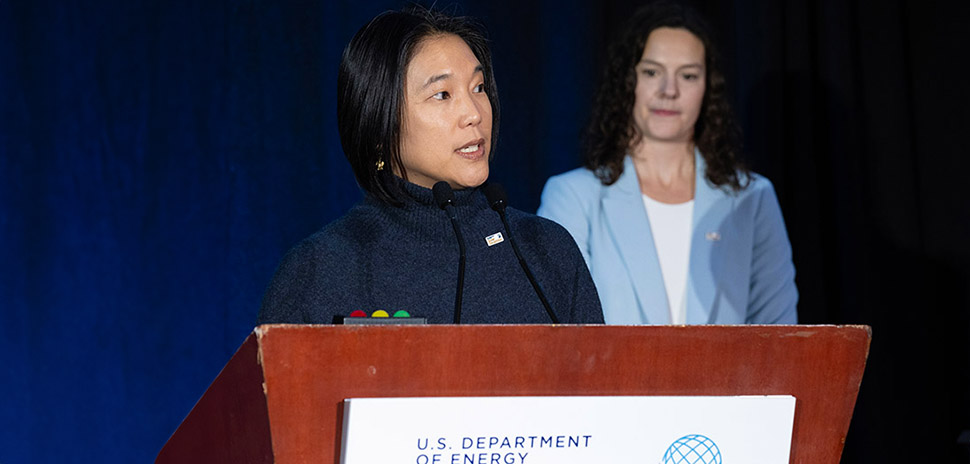
HKS’s Julie Hiromoto and NREL’s Taylor Ryan present the multi-family housing finalists at the 2024 U.S. Department of Energy Solar Decathalon in Golden, Colorado. [Photo: Paul H. Trantow/Dept of Energy Solar Decathlon]
The duo views Dallas climate plan’s upcoming anniversary as a window for revolutionary thinking. “There was always an intention to continually update and evolve CECAP,” Hiromoto says. “This would be the opportunity to formally incorporate this lever for transformative systems change.”
Hiromoto, director of integration and principal at HKS and Mayor Eric Johnson’s appointee to the Dallas Environmental Commission, and Eyre, a senior fellow at Rice University’s Baker Institute for Public Policy and the Meadows Mental Health Policy Institute, are delving into how Brain Capital could exponentially boost Dallas’ environmental initiatives.
The city’s plan they’re eying, CECAP itself, was no small feat. Unanimously approved by the Dallas City Council in April 2020, it encompasses 97 measures across eight focus areas and more than 200 milestones. According to Hiromoto, the Brookings Institution ranked Dallas’ CECAP highest among 50 U.S. cities’ decarbonization plans in 2022.
She and Eyre are eager to help keep it on top.
“The strength of the Dallas CECAP lies in the way it enables citizens to hold elected officials accountable to its measurable commitments,” Hiromoto explained in a recent report on COP28 in Architecture 2030. The plan set out to “contextualize Dallas’s heat, drought, flooding, and public health challenges.” For example, while not directly related to the timeline, she noted that since 2015, Dallas has achieved an 11% greenhouse gas reduction, despite a 5% population growth.
Looking through a “brain capital lens” to unlock new potential
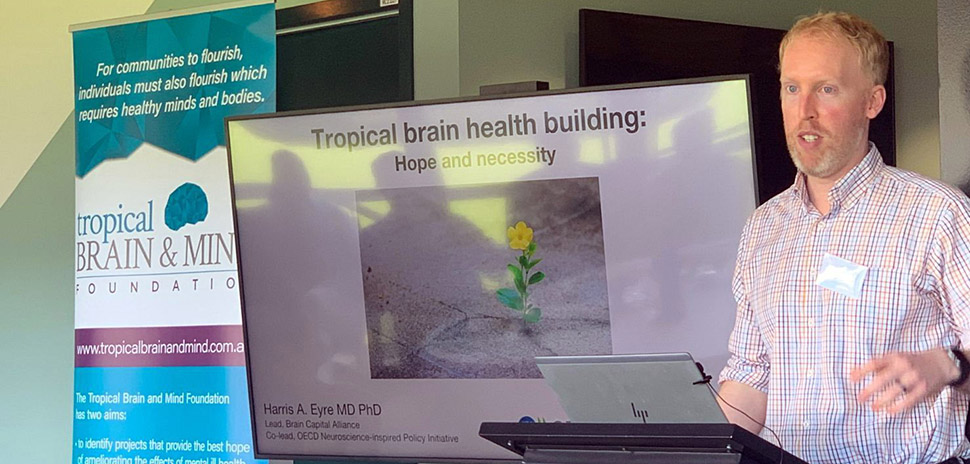
Dr. Harris Eyre leads the newly established Neuro-Policy Program at Rice University’s Baker Institute for Public Policy and is a senior fellow with the Meadows Mental Health Policy Institute.
CECAP’s initiatives to date represent early steps in its implementation, and the city has undertaken several studies to advance the plan, including a Strategic Mobility Plan to shift from an auto-centric to a more multi-modal transportation network. Dallas also completed its Urban Forestry Plan and is assessing energy efficiency upgrades for over 500 city-owned facilities, including the feasibility of solar installations.
Now, Hiromoto and Eyre propose that CECAP could potentially rise to the next level by examining how it intersects with Brain Capital. Their pioneering economic approach considers how brain science influences sustainability decisions when intertwined with our thoughts, beliefs, and behaviors. Their collaboration builds on Eyre’s previous work, including a 2022 piece for Dallas Innovates titled “Big D Can Be Davos for the Brain Economy.”
“We’re exploring how viewing CECAP’s eight goals through a brain capital lens could unlock new potential in our urban sustainability efforts,” Hiromoto told Dallas Innovates. Focus areas include buildings, energy, transportation, zero-waste, water resources, ecosystems, food access, and air quality.
A brain-meets-climate approach
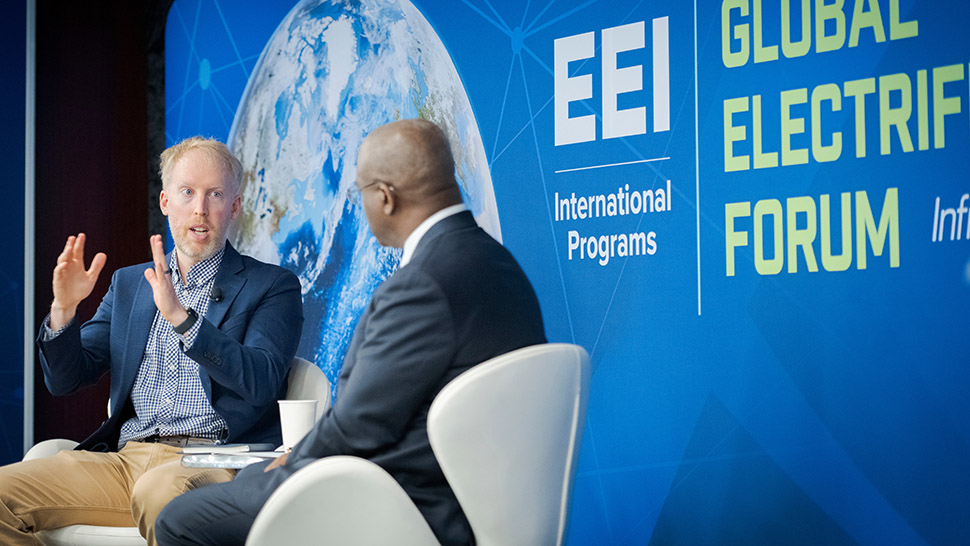
Edison Electric Institute’s 8th annual Global Electrification Forum at EEI headquarters in Washington, D.C., on April 15, 2024 (photo by Abby Greenawalt).
The brain-meets-climate approach Hiromoto and Eyre propose isn’t just a minor tweak to existing strategies. It’s a fundamental reimagining of how to create livable cities built for the future. Think cities where the air you breathe makes you smarter, where buildings boost creativity, and where tackling climate change also sharpens minds.
“Solving for the climate and the brain economy are synergistic and amplifying,” the duo says.
Take air quality, for instance. We all know clean air is good for our lungs, but Hiromoto points out it’s also brain food. “Indoor air quality has been directly linked to higher cognitive function, such as goal-aligned decision making, strategic thinking, ability to focus, crisis response, and better sleep scores,” she explains. Suddenly, that air filter isn’t just saving the planet—it’s boosting the bottom line.
Hiromoto sees buildings themselves as cognitive catalysts. “Beautiful, high-performing buildings increase the happiness and performance of their occupants,” she notes. “When we are together, innovation and creativity spark.” It’s a vision of architecture that’s as much about neurons as it is about energy efficiency.
And outdoor green spaces, she says, don’t just cool cities and absorb carbon; they “increase brain function and overall health,” helping to create a more engaged and resilient populace.
Even waste management, gets a cognitive makeover in this approach. “Inappropriate waste management can inhibit brain and public health,” Hiromoto points out. It’s a reminder that what we throw away doesn’t just disappear—environmental health and brain health are inextricably linked when non-degradable materials like plastic and toxic chemicals seep into the environment and water supply.
The experts’ analysis doesn’t stop there. They draw lines between energy poverty and stress, lack of sustainable transportation and family well-being, food access and brain health. But each connection underscores their central thesis: environmental challenges are brain challenges, and vice versa.
The crossroads of green and grey matter
Hiromoto and Eyre believe a Brain Capital model offers a fresh economic approach to tackle societal challenges by integrating the social, emotional, and cognitive brain resources of communities. And Dallas, they say, with its unique blend of brain health expertise, green energy initiatives, and financial clout, is poised to lead the charge.
Eyre, who leads the newly established Neuro-Policy Program at Rice University’s Baker Institute for Public Policy, sees potential for even broader impact: “The Neuro-Policy Program is working to catalyze state-wide stakeholders to secure a Texas brain and mind-focused research institution.” The initiative, backed by a recent $1 million gift, aims to advance interdisciplinary approaches to addressing brain health challenges while spurring economic opportunity. With the next Legislative Session potentially having a $20 to $40 billion surplus, Eyre is eyeing “some billions for brain and mind research to leapfrog states like California and Massachusetts.”
It’s an ambitious vision, to be sure. But in a state that turned oil fields into economic empires, big ideas have a way of becoming reality. As Eyre puts it, “Brain capital is the new oil boom.” In the Lone Star State, that’s not just a catchy slogan — it’s a call to action.
Q&A: Brain Capital
In a Q&A, Dallas Innovates took a deep dive with Hiromoto and Eyre, the masterminds behind the brain-powered vision for a sustainable Dallas. From green spaces to grey matter, they shared insights that expand on their groundbreaking ideas. Here’s what they had to say, edited for brevity and clarity.
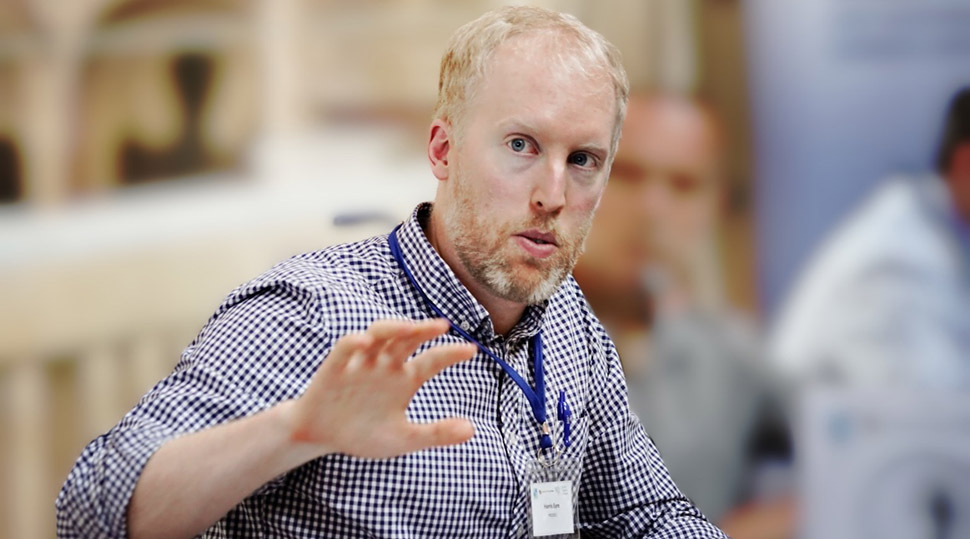
Dr. Harris Eyre leads the newly established Neuro-Policy Program at Rice University’s Baker Institute for Public Policy and is a senior fellow with the Meadows Mental Health Policy Institute.
Can you explain the concept of Brain Capital in simple terms for our readers?
Harris Eyre: Brain capital is the collective brain power of a population. Brain capital involves both the brain health and the brain skills of people, skills such as creativity, critical thinking, and resilience. Thinking in terms of a brain economy raises the profile of health, education and labor force issues to politicians and business leaders, so they view these as critical as GDP and road and bridge infrastructure.
How did the idea of applying Brain Capital to urban sustainability, specifically Dallas’ CECAP, come about?
Julie Hiromoto: We’ve been convening unusual suspects to enable a multi-disciplinary, multi-sector approach to the Brain Capital opportunity. The built environment (our context and the space we occupy) is a significant enabler of public health, or conversely an indicator of systemic disadvantage: the zip code in which you live is a key indicator of longevity and chronic disease.
CECAP also takes a systems approach- 18 City Departments are responsible for executing and held accountable for our implementation progress, not just the Office of Environmental Quality and Sustainability (OEQS) who is responsible for coordinating and reporting on our progress.
Last year, and the United Nations General Assembly Science summit, we hosted international policy leaders, business leaders, academics, economists, and sustainability experts to begin cross-disciplinary conversations in a day dedicated to Brain Capital. In addition to education, workforce development, technology and finance, the built environment was recognized as a key pillar of the UN Sustainable Development Goals (SDGs). This catalyzed new thinking and links to inspire additional collaborative efforts, such as the further development of green brain capital, which incorporates brain health and green skills, such as ecological intelligence, resilience, creativity, and such. Our brain power will determine how well we can shape the future of sustainability and climate.
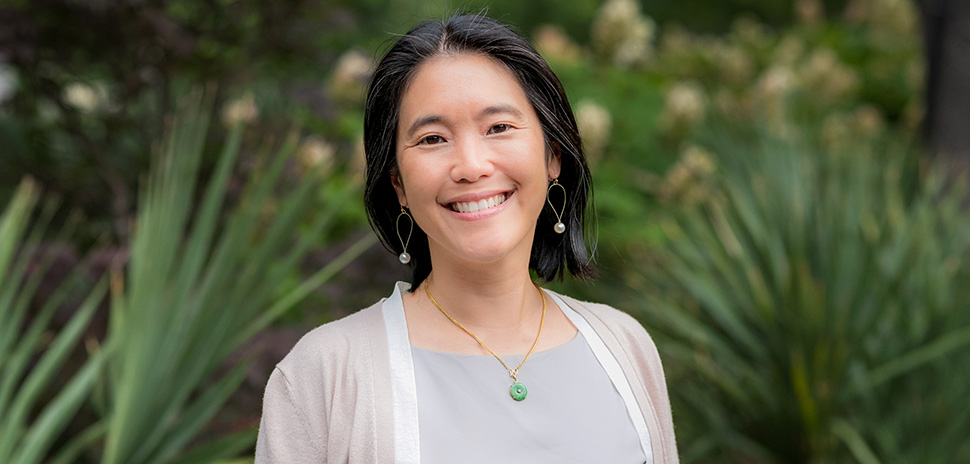
Dallas Environmental Commissioner and HKS architect Julie Hiromoto
What concrete progress has Dallas made in implementing CECAP since its approval in 2020? What are the next major milestones for the plan?
Hiromoto: Every year, OEQS publishes progress on the 200-plus milestones. As a part of the budgeting process, the City Departments also publish an annual CECAP workplan. The City Council frequently asks for updates on CECAP implementation, like how the recently passed 2024 Bond capital investment program will deliver CECAP goals—CECAP is not a plan that was commissioned to sit on the shelf.
How does each of your backgrounds inform the approach to your interdisciplinary exploration?
Eyre: I’ve been fortunate in my career to have many ‘hats’: a brain doctor, neuroscientist, and brain technology entrepreneur. It’s clear there is no silver bullet for our collective brain and mind challenges. I’ve also seen that the cost of brain and mind disorders across the lifespan is around $2.2 trillion per year and rising at 5% per year. Something needs to change, and it needs to be systemic. Therefore, working in public policy is my latest ‘hat.’ Integrating my prior ‘hats’ has been my way of understanding and starting to influence systems.
What we’re doing with [Hiromoto] is exploring health policy, environmental policy, sustainability policy, and economic policy to try to find a way to optimize people’s brain capital across Dallas.
This can become a model to be exported around the world.
Hiromoto: Architects don’t just design and build buildings. We are complex problem solvers that think about space, integrated systems, policy, operations, and experience.
Designing and maintaining our built environment takes a village. Each of us is surrounded by and immersed in the built environment (and increasingly in virtual environments) every day. Someone must design these. They should be designed intentionally and with purpose. What if every real estate and capital infrastructure investment was strategically developed to enhance life, performance, and cognitive flourishing?
How do you envision Brain Capital principles being practically applied to urban planning and sustainability efforts?
Hiromoto: Zoning, building codes, and health regulations are the baseline of responsible design. We already know that enhanced physical activity and a whole-food, balanced diet are more affordable and effective preventative health measures in comparison to clinical interventions for cardiovascular health and chronic disease.
We can translate this same line of thinking ‘making the right choice the easy choice’ to enhance cognitive potential. The WELL Building standard references research that demonstrates what we place at the end of a grocery store aisle or right by the checkout impacts our purchasing behavior. These strategic locations are currently sold to generate additional revenue, without thinking of the larger societal costs of resulting health impacts.
What potential challenges do you foresee in integrating Brain Capital concepts with existing climate action plans?
Hiromoto: Prototyping and testing, and connecting the dots across existing silos. We are moving quickly into uncharted territory with a lot of hypotheses to test. The translation from the lab to real world scenarios helps us assess and understand the complexities of the many variables and systems at play.
Eyre: People think the brain and climate are disconnected. There is only ‘one health,’ for people, for animals and for the planet. Things are all interconnected. For example, green space has a very positive effect on the brain. That is walking in parks reduces stress and builds the memory centers of the brain. The human brain is the seat of creativity and innovation.
If we want climate solutions, it means we need to unlock maximal human ingenuity, and this means good brain health.
How can your interdisciplinary approach impact policymaking in urban sustainability?
Hiromoto and Eyre: Interim City Manager Kim Tolbert recently announced the consolidation of Planning and Urban Development (PUD), which also includes zoning, and the Development Services Department that issues permits and construction site citations into a new Planning and Development Department, led by director Emily Liu. Removing boundaries and blinders on getting the work done effectively will help us produce more creative and innovative solutions … and we need our brains at full potential to explore some of these ‘never been done before’ experiments to be able to navigate through the disruptive change urgently required.
Is there a model for this thinking? Are there any cities or regions already incorporating Brain Capital principles into their sustainability efforts? Can you point out some examples?
Eyre: The closest example to point to is Finland. Finland has a National Brain Health Program which is very comprehensive and impressive. It is funded by the Finnish Government and advancing brain capital research and strategies within schools, workplaces, and communities. This year their focus is on sleep. Next year they will focus on brain ergonomics. Brain ergonomics seeks to reduce unnecessary strain on the brain, whether in information processing or emotional functioning of the brain. Good brain ergonomics is important for supporting brain health across age groups, but its importance is emphasized in people of working age who are trying to balance their family and career.
They are aiming to lead the world in the above-mentioned brain-positive economic transition, and they are aiming to deploy private capital to generate an impact investing approach for brain capital.
Why is Dallas a particularly suitable city for implementing Brain Capital principles within its CECAP? What unique characteristics or challenges of Dallas make it an ideal testing ground for this interdisciplinary approach?
Hiromoto and Eyre: Partners + strategic investments, such as:
- Center for Brian Health, a UT Dallas affiliate
- UT Dallas more broadly has a lot of great brain groups housed within their School of Behavioral and Brain Sciences
- UTSW O’Donnell Brain Institute
- Advanced dyslexia expertise at Scottish Rite for Children
- Open-minded Bush Center with expertise in education and veterans brain health
- Pegasus Park which is a hub for startups, accelerators, and impact organizations
- Impact oriented philanthropists like Lyda Hill
- Texas is a business-friendly economy with the second largest economy in the U.S. Our GDP of over $2.6T is in line with France and Italy (#7 and #8 in the list of countries). Dallas is the finance center of Texas.
In your initial analysis, what has been the most surprising connection you’ve found between Brain Capital and urban sustainability?
Hiromoto: Public health and co-benefits also apply here (not surprising). Much of the groundwork has already been laid through other public health investments. The specificity of the connections is fascinating: As Mitch Elkind, [Chief Clinical Science Officer] at American Heart Association, has said, “What’s good for your heart is good for your brain,” like the calming influences of nature, cycling and walkability, air quality, etc.
Air quality (PM2.5 is small enough to cross the blood brain barrier) and excessive heat have been shown as an indicator of seizures.
Eyre: Walking in green parks and forests enriches your gut microbiome because bacteria as the soil is aerosolized and breathed in and gets into your gut (microbiome) to diversify it. This is associated with less inflammation in the body and better brain function. It’s called the “aeromicrobiome.”
New evidence suggests that the climate crisis affects neurological and mental health more than previously thought, and children are particularly at risk. Their developing brains and bodies make them more susceptible to the adverse effects of climate change. Studies show that even fetuses exposed to climate-linked pollutants through their mothers can have lifelong neurodevelopmental and mental challenges (body burden).
Adults aren’t immune, either. Extreme heat events have been shown to worsen symptoms for people with neurological and mental conditions, such as multiple sclerosis and substance use disorders. Furthermore, air pollution from wildfires and industrial activities is linked to a higher risk of strokes, cognitive decline, and dementia.
What aspect of your interdisciplinary approach gives you the most hope for addressing urban climate challenges?
Hiromoto and Eyre: Systems challenges and the necessity of transformational change, rather than an incremental approach will require policy solutions with public-private partnerships.
As mention previously, Texas is leading the green economy transition with massive advances in wind and solar energy, so we know how to lead the equivalent brain economy transition. This relates to the recognition that the green economy transition also needs the brain economy transition to continue to grow at scale. The green economy transition means more advanced green energy solutions and more advanced sustainability solutions, which are cognitively intense and require new skills. To attain and retain those skills throughout early and midlife we need good brain health.
What do you hope will be the ultimate outcome of this exploration?
Hiromoto: Every real estate investment, or any infrastructure, can be made intentionally and strategically to prioritize cognitive potential.
Eyre: Standards that can be easily followed and make good economic sense for all stakeholders. These standards can be continually updated with the best research-based out of Texas, where we hope to lead with implementation.
What’s the next step in your exploration of Brain Capital’s application to urban sustainability?
Hiromoto and Eyre: Beyond urban exploration, we’ll look at how this applies to emerging economies as well, considering they have a lot more infrastructure to build quickly in the next 10 years. In addition:
- We’ve been invited by Dr Alfred Njamnshi, CEO and Founder of the Brain Research Africa Initiative, to co-lead a High-Level Science Summit on Brain Economy, Brain Health and Brain Capital on July 22nd and engage in dialogues with the Cameroon Government. Representatives from the Indian Government, Argentine Government, Finnish Government, and the European Brain Council will all be dialing in. We will have local African experts such as the lead of the University of Cape Town Neuroscience Institute there in person. The Cameroon Government is leading the United Nations General Assembly this year. Namely, they have appointed His Excellency Philemon Yang as the UNGA President-Elect. Philemon is the former Prime Minister of Cameroon and he’s also Board Chair of the Brain Research Africa Initiative.
- We’re also drafting the Yaoundé Declaration for the Brain Economy, Brain Health, and Brain Capital. We will execute this in Yaoundé and submit it for publication to The Lancet and/or Nature.
- Building on last year’s success, we have co-organized 3 ‘Brain Days’ at the upcoming UNGA Science Summit. These are very promising, and we have confirmed speakers including the Governor of New York State, the Governor of Minnesota, and senior representatives from the California Government, Cameroon Government, the Finnish Government, the Argentine Government, and the European Investment Bank.
![]()
Get on the list.
Dallas Innovates, every day.
Sign up to keep your eye on what’s new and next in Dallas-Fort Worth, every day.

